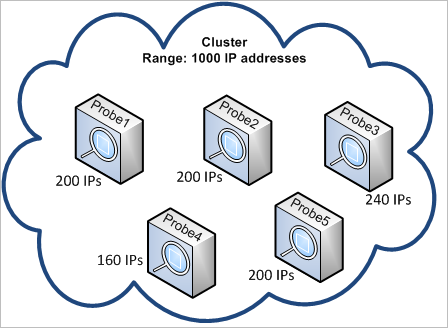Searching the Help
To search for information in the Help, type a word or phrase in the Search box. When you enter a group of words, OR is inferred. You can use Boolean operators to refine your search.
Results returned are case insensitive. However, results ranking takes case into account and assigns higher scores to case matches. Therefore, a search for "cats" followed by a search for "Cats" would return the same number of Help topics, but the order in which the topics are listed would be different.
| Search for | Example | Results |
|---|---|---|
| A single word | cat
|
Topics that contain the word "cat". You will also find its grammatical variations, such as "cats". |
|
A phrase. You can specify that the search results contain a specific phrase. |
"cat food" (quotation marks) |
Topics that contain the literal phrase "cat food" and all its grammatical variations. Without the quotation marks, the query is equivalent to specifying an OR operator, which finds topics with one of the individual words instead of the phrase. |
| Search for | Operator | Example |
|---|---|---|
|
Two or more words in the same topic |
|
|
| Either word in a topic |
|
|
| Topics that do not contain a specific word or phrase |
|
|
| Topics that contain one string and do not contain another | ^ (caret) |
cat ^ mouse
|
| A combination of search types | ( ) parentheses |
|
Limiting IP Movement in a Cluster
In a probe cluster, unassigned IPs are assigned to the cluster's Probes in such a way that the imbalance IP ratio among the Probes remains at a minimum. The imbalance ratio is governed by the imbalance threshold.
Changing the cluster's network range, changing the set of Probes associated with the cluster, or assigning a TQL constraint on a Probe in the cluster can cause an imbalance of IPs among the Probes in the cluster.
In such a situation, and depending on the IP imbalance threshold, the cluster attempts to re-balance the IPs among the cluster's Probes. That is, if one of the Probes violates the average number of IPs per Probe, as defined by the imbalance threshold, the cluster re-balances the IPs. If not, the cluster leaves the current IP distribution unchanged.
Example:
If a cluster has 5 Probes and 1000 IPs in its range, the average number of IPs per Probe should be 200.
If the imbalance threshold is set to 20%, then if each of the Probes has between 160-240 IPs, they do not violate the imbalance threshold, and no re-balancing is necessary.

If, however, there are Probes with less than 160 IPs, or more than 240 IPs (see image below)—that is, more than a 20% deviation from the average 200—the cluster attempts to re-balance the IPs among the Probes—as long as the TQL constraints on the Probes allow this.

For details on how to specify the imbalance threshold, see How to Limit IP Movement in a Cluster.
We welcome your comments!
To open the configured email client on this computer, open an email window.
Otherwise, copy the information below to a web mail client, and send this email to cms-doc@microfocus.com.
Help Topic ID:
Product:
Topic Title:
Feedback:





